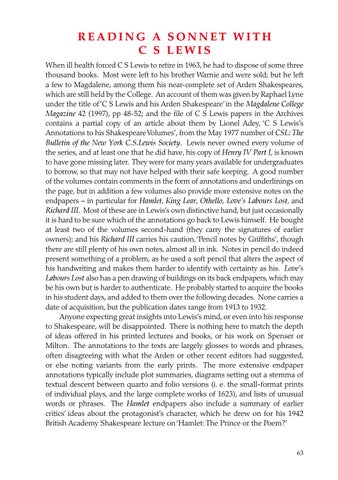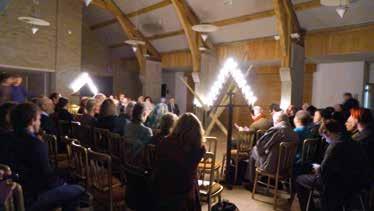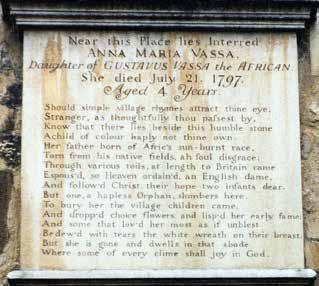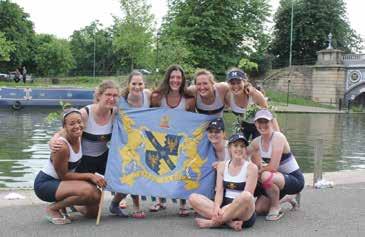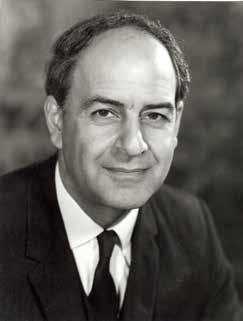READING A SONNET WITH C S LEWIS When ill health forced C S Lewis to retire in 1963, he had to dispose of some three thousand books. Most were left to his brother Warnie and were sold; but he left a few to Magdalene, among them his near-complete set of Arden Shakespeares, which are still held by the College. An account of them was given by Raphael Lyne under the title of ‘C S Lewis and his Arden Shakespeare’ in the Magdalene College Magazine 42 (1997), pp 48-52; and the file of C S Lewis papers in the Archives contains a partial copy of an article about them by Lionel Adey, ‘C S Lewis’s Annotations to his Shakespeare Volumes’, from the May 1977 number of CSL: The Bulletin of the New York C.S.Lewis Society. Lewis never owned every volume of the series, and at least one that he did have, his copy of Henry IV Part I, is known to have gone missing later. They were for many years available for undergraduates to borrow, so that may not have helped with their safe keeping. A good number of the volumes contain comments in the form of annotations and underlinings on the page, but in addition a few volumes also provide more extensive notes on the endpapers – in particular for Hamlet, King Lear, Othello, Love’s Labours Lost, and Richard III. Most of these are in Lewis’s own distinctive hand, but just occasionally it is hard to be sure which of the annotations go back to Lewis himself. He bought at least two of the volumes second-hand (they carry the signatures of earlier owners); and his Richard III carries his caution, ‘Pencil notes by Griffiths’, though there are still plenty of his own notes, almost all in ink. Notes in pencil do indeed present something of a problem, as he used a soft pencil that alters the aspect of his handwriting and makes them harder to identify with certainty as his. Love’s Labours Lost also has a pen drawing of buildings on its back endpapers, which may be his own but is harder to authenticate. He probably started to acquire the books in his student days, and added to them over the following decades. None carries a date of acquisition, but the publication dates range from 1913 to 1932. Anyone expecting great insights into Lewis’s mind, or even into his response to Shakespeare, will be disappointed. There is nothing here to match the depth of ideas offered in his printed lectures and books, or his work on Spenser or Milton. The annotations to the texts are largely glosses to words and phrases, often disagreeing with what the Arden or other recent editors had suggested, or else noting variants from the early prints. The more extensive endpaper annotations typically include plot summaries, diagrams setting out a stemma of textual descent between quarto and folio versions (i. e. the small-format prints of individual plays, and the large complete works of 1623), and lists of unusual words or phrases. The Hamlet endpapers also include a summary of earlier critics’ ideas about the protagonist’s character, which he drew on for his 1942 British Academy Shakespeare lecture on ‘Hamlet: The Prince or the Poem?’
63
